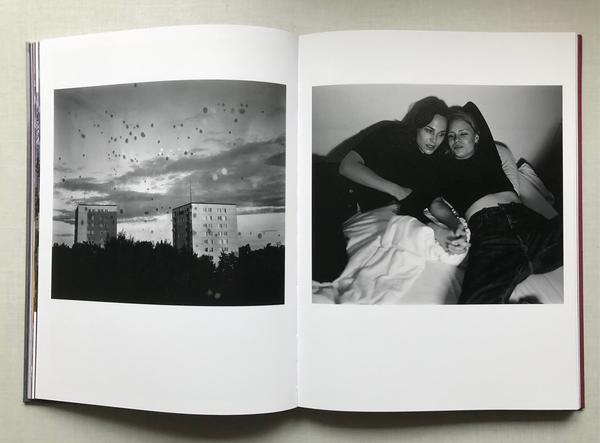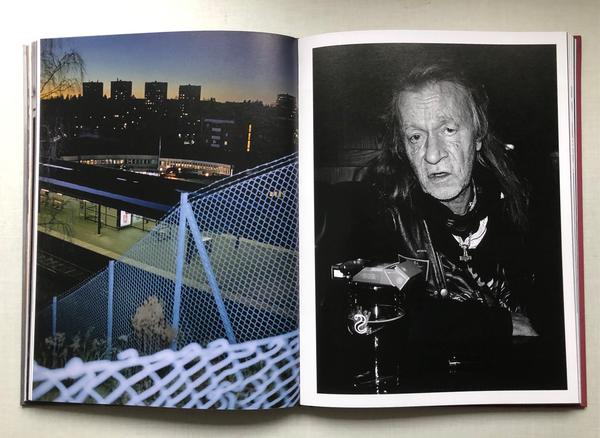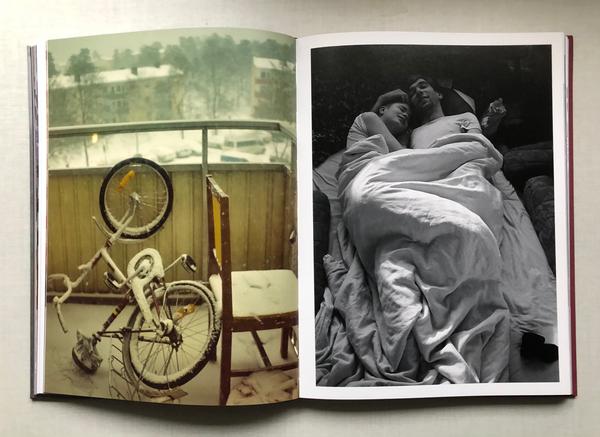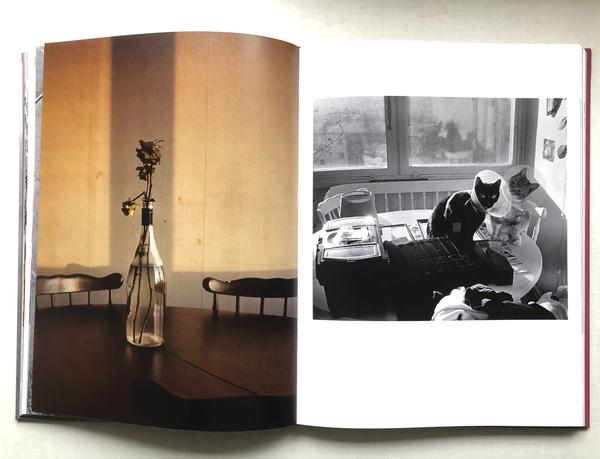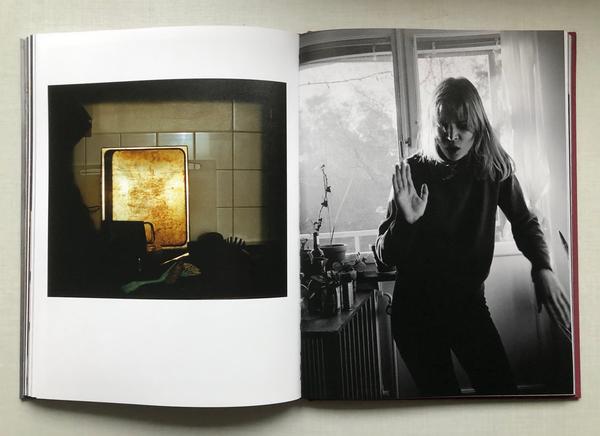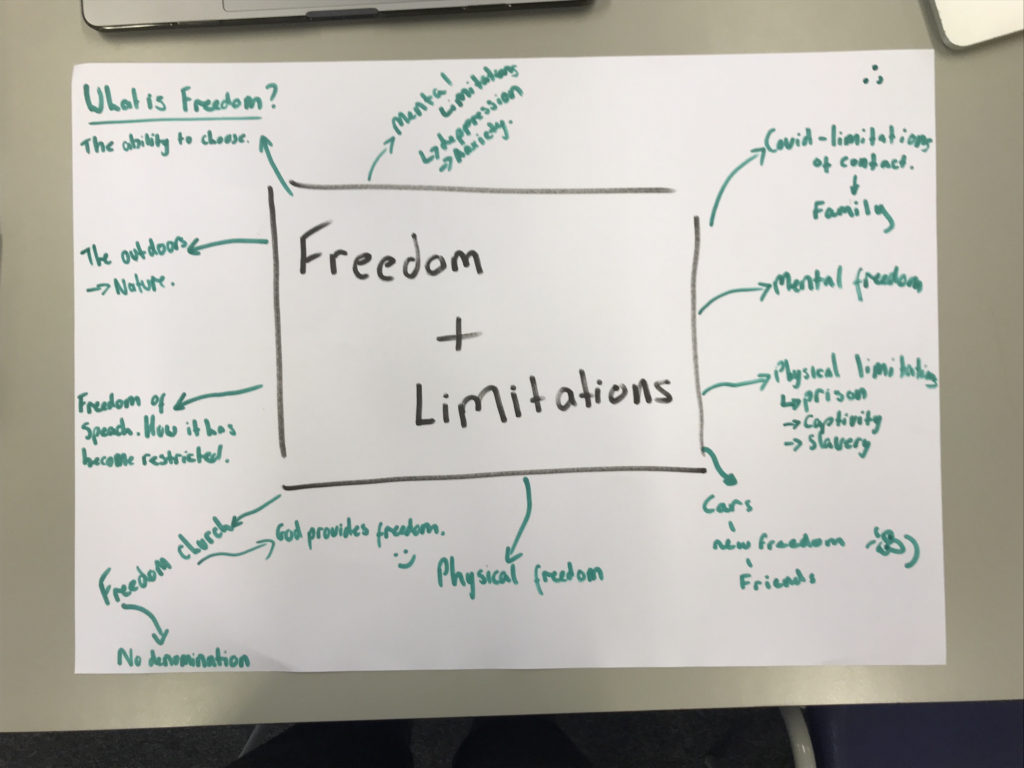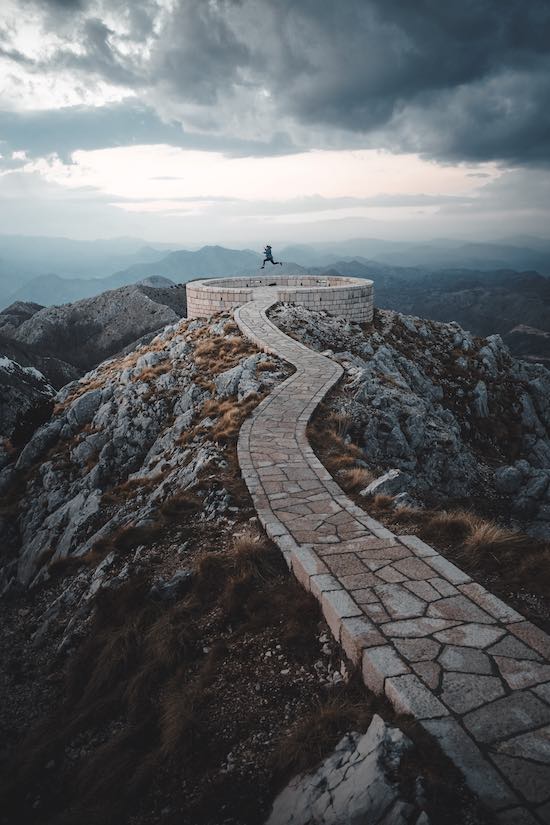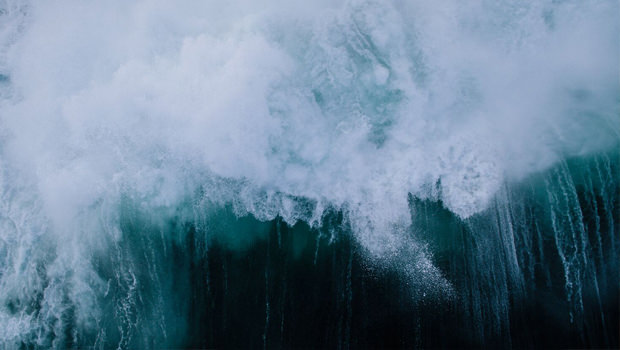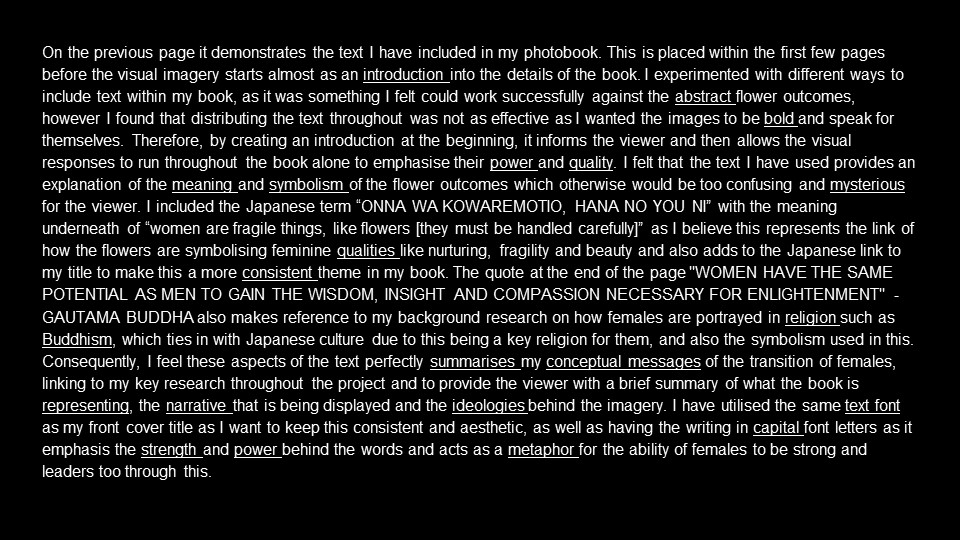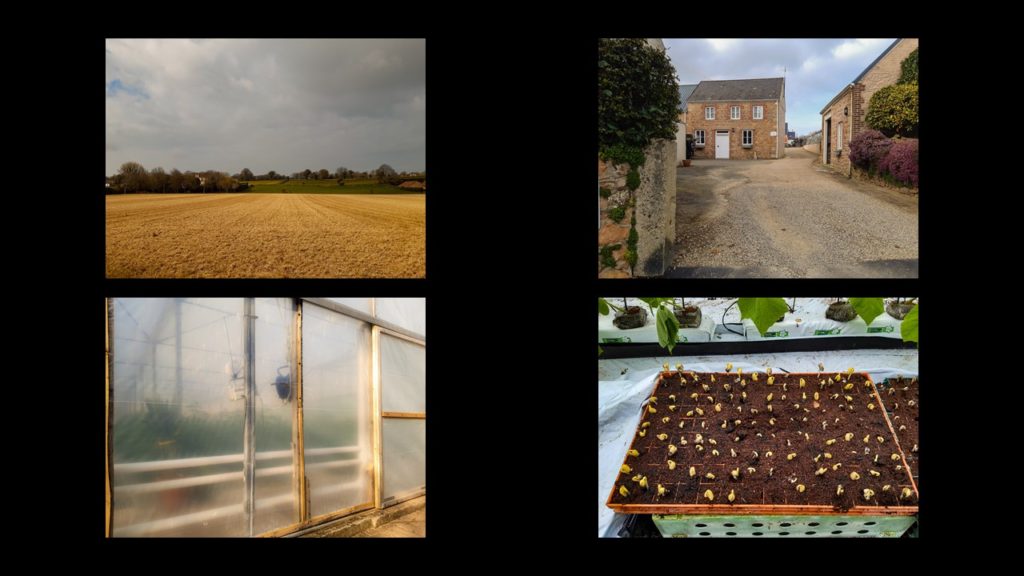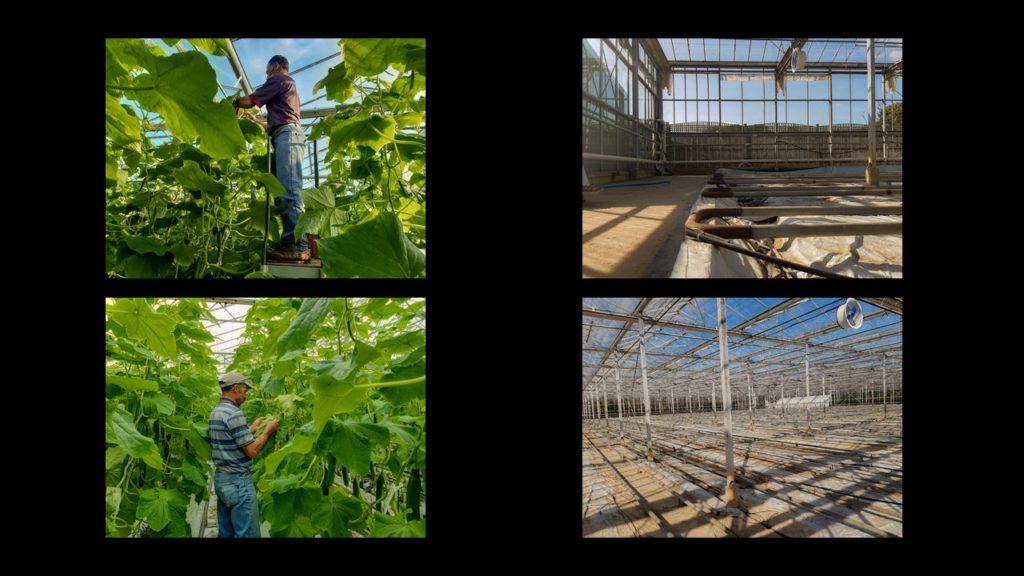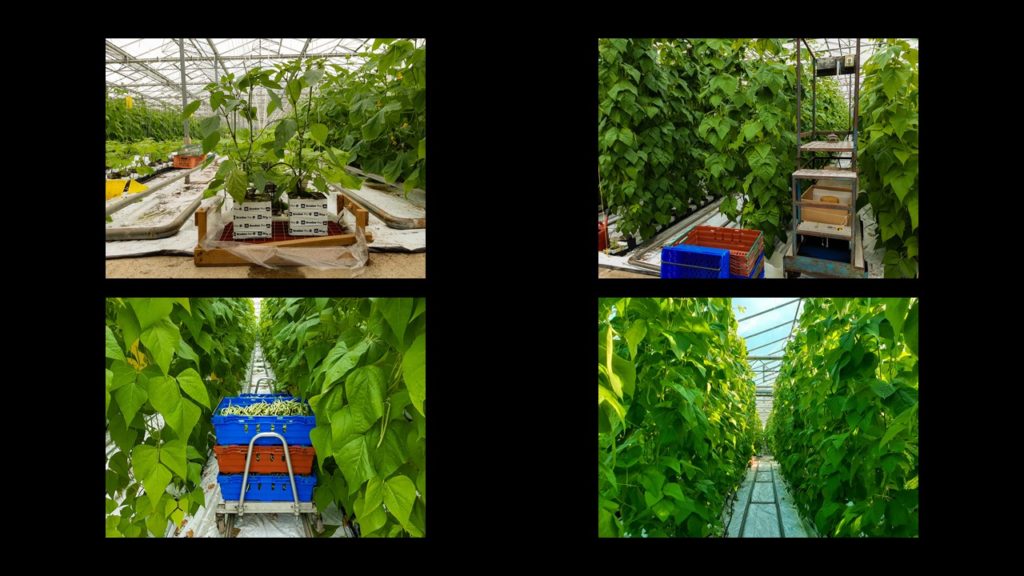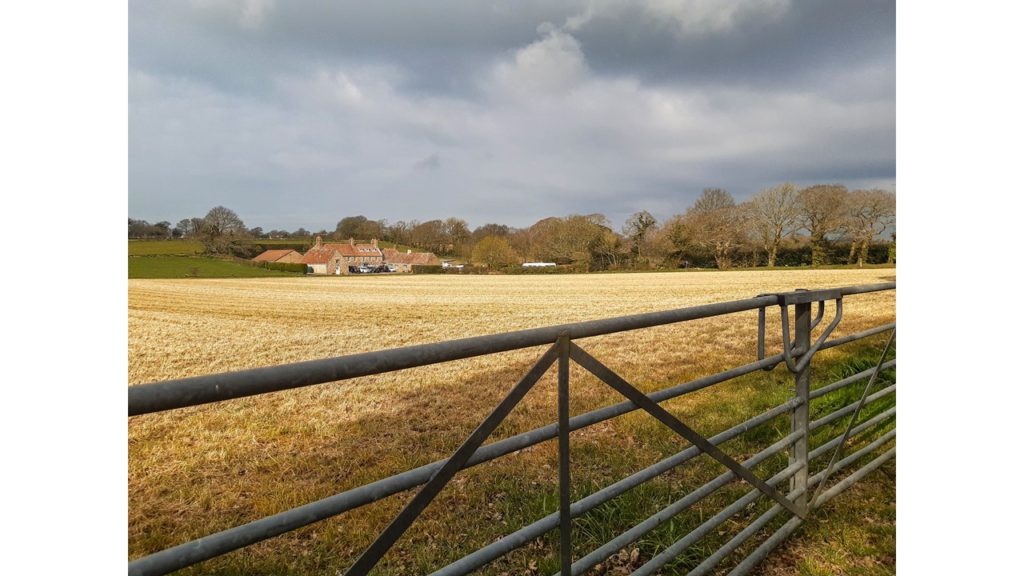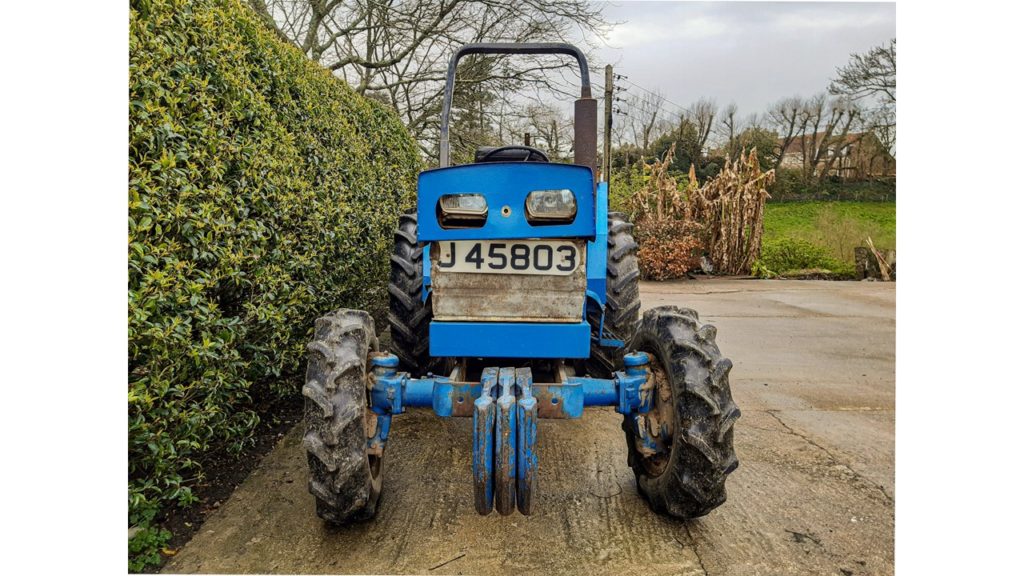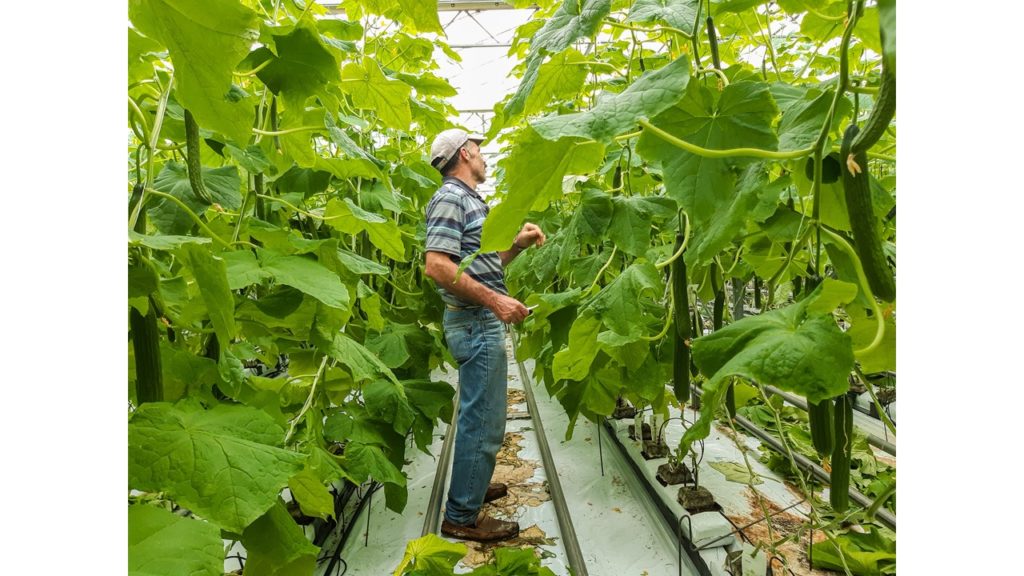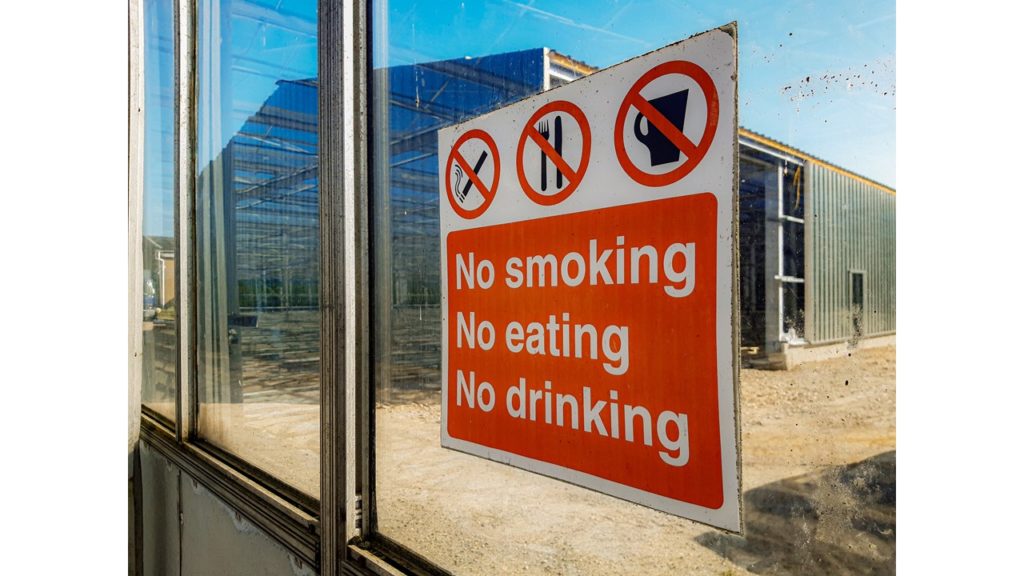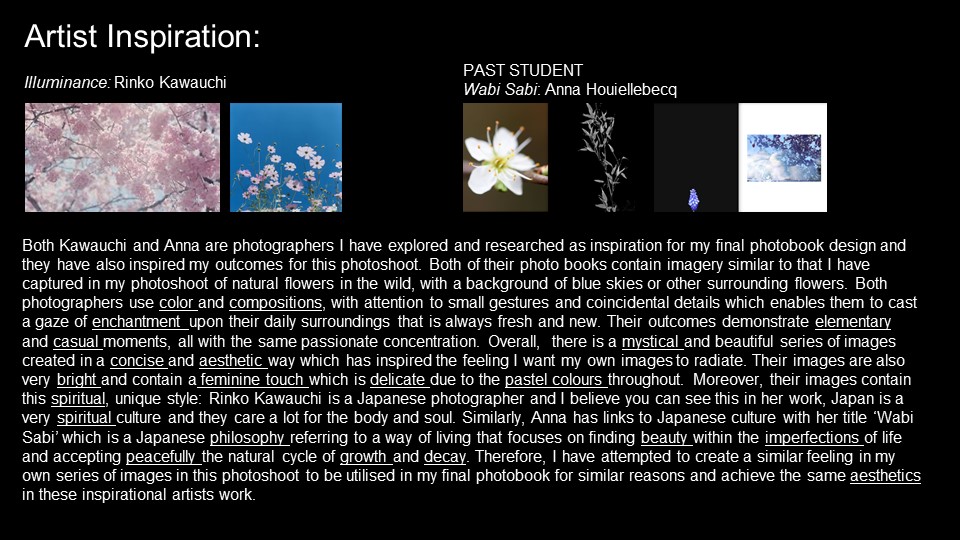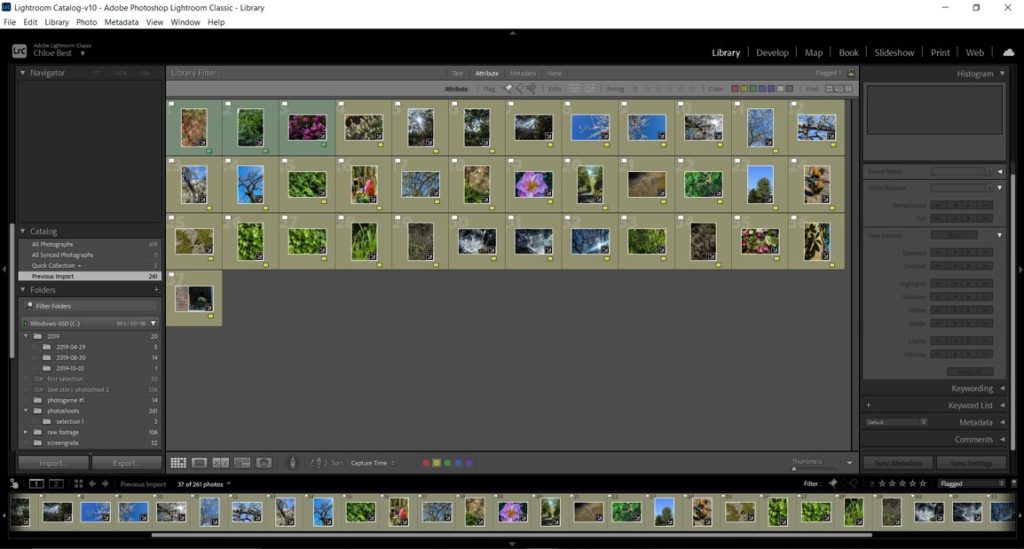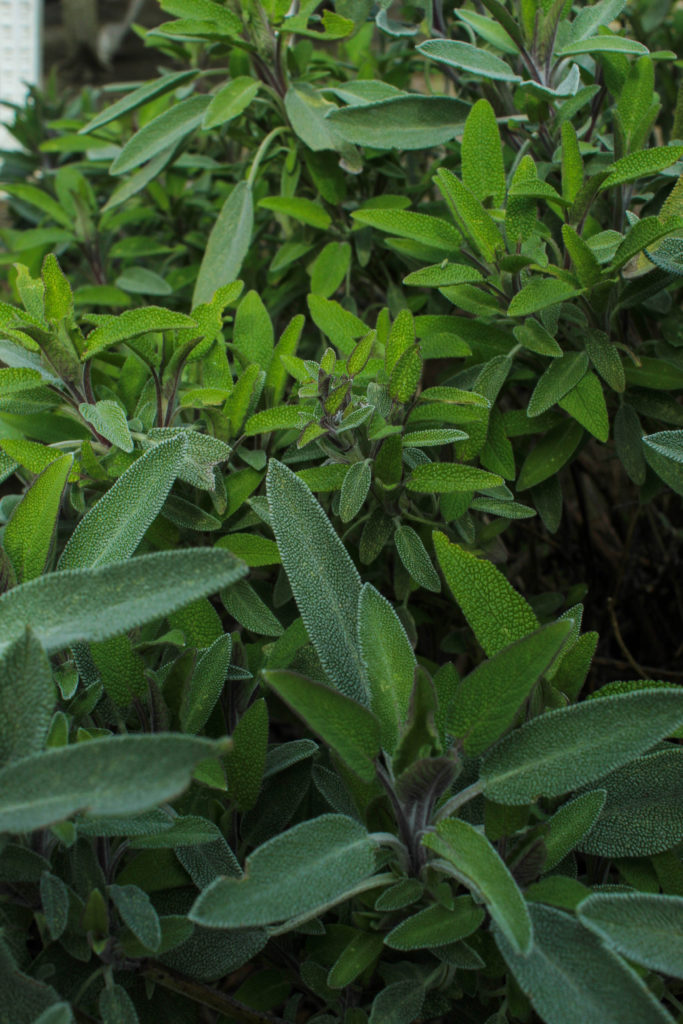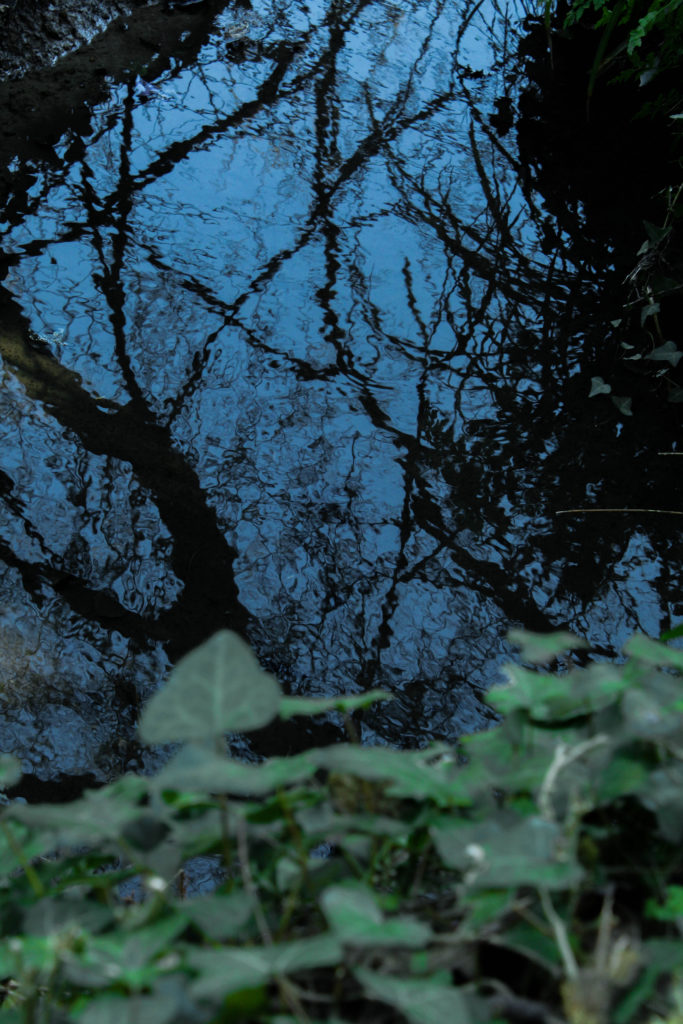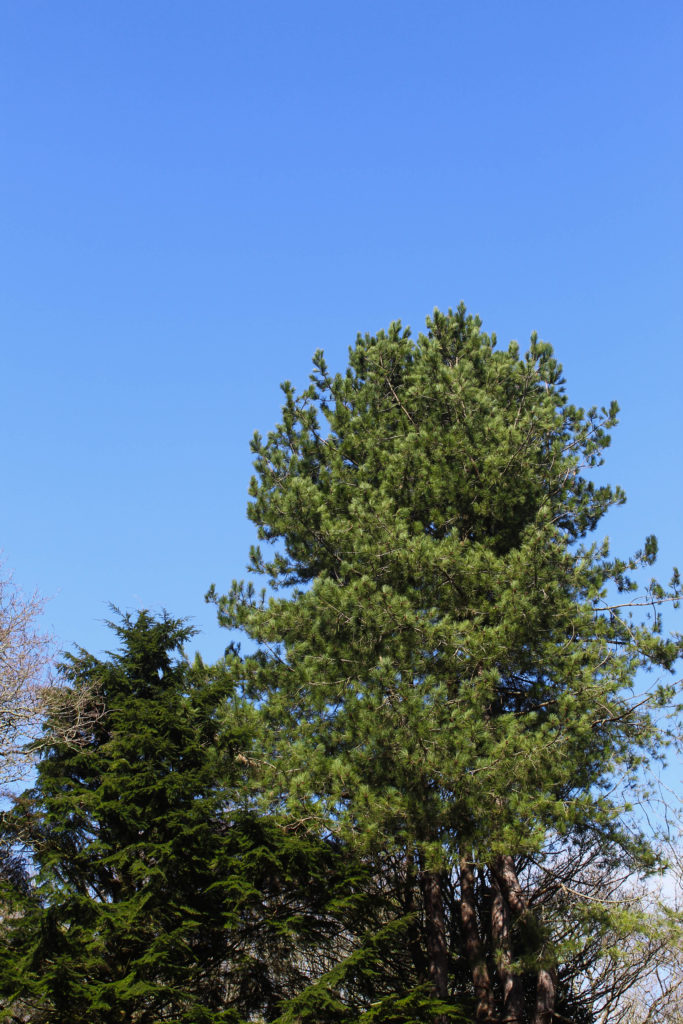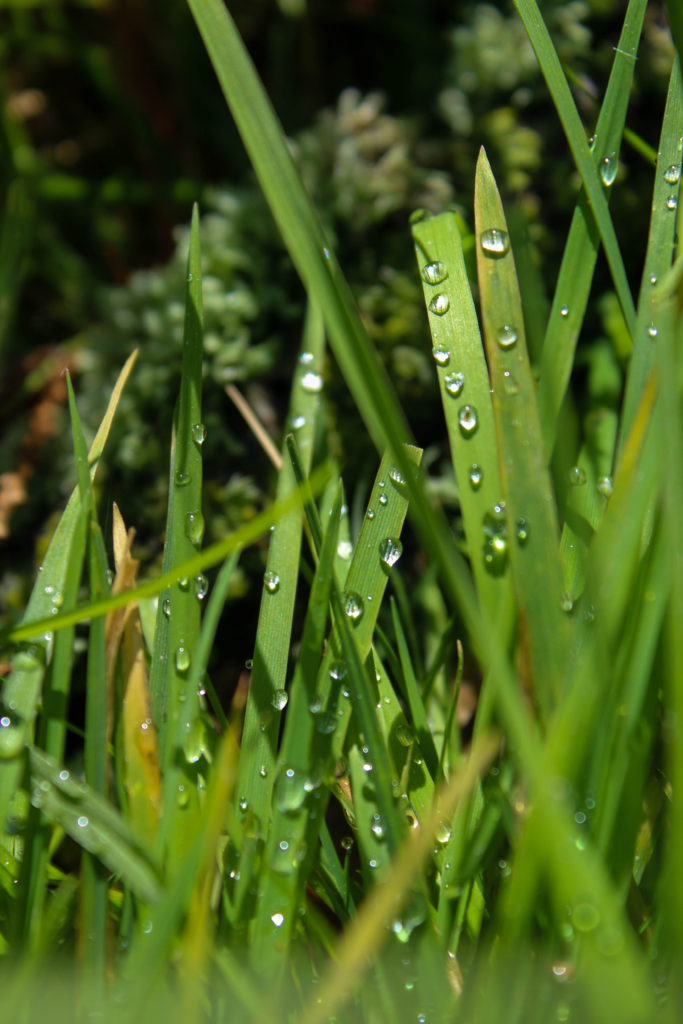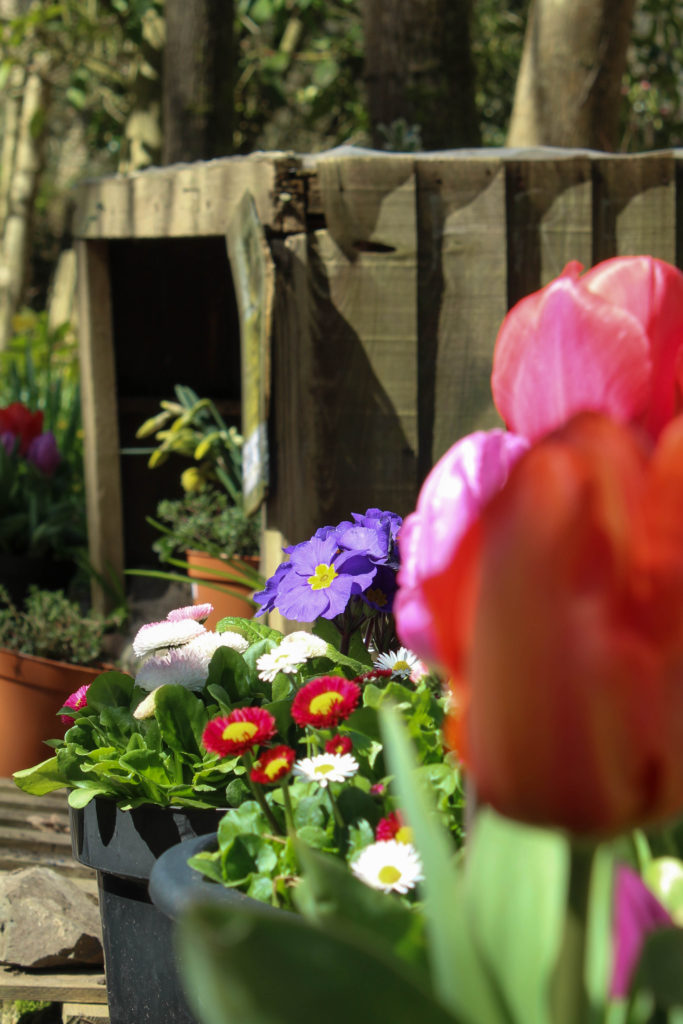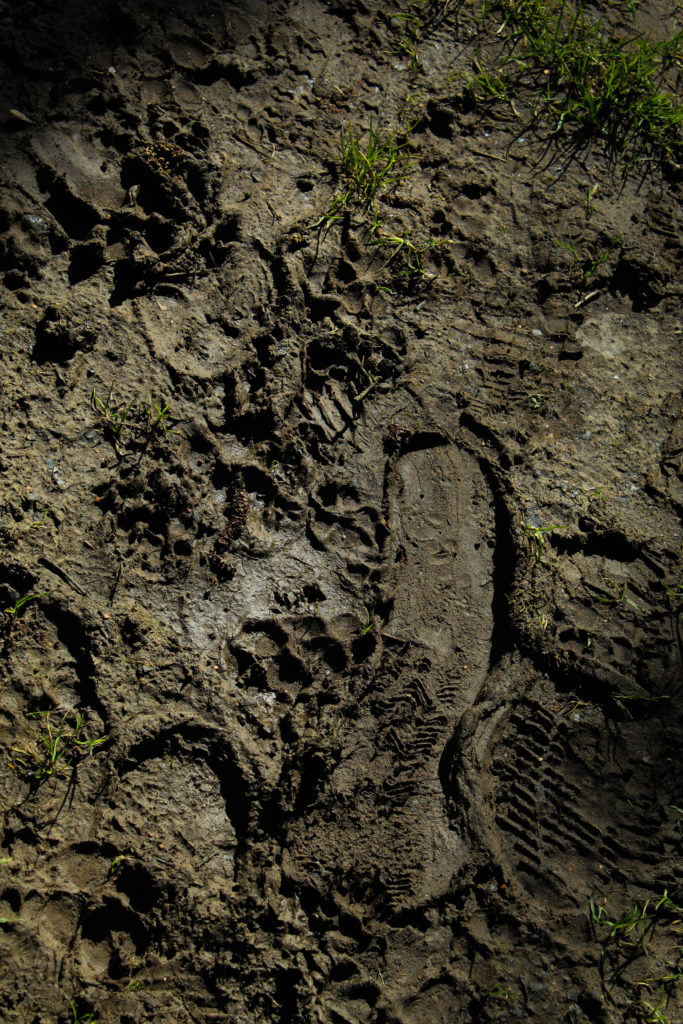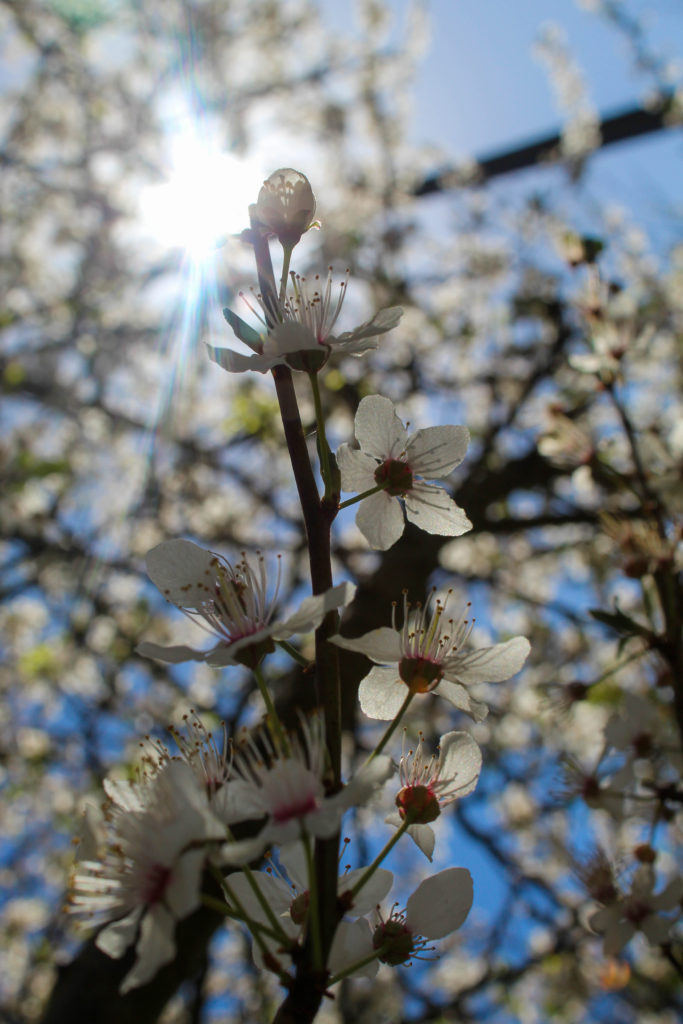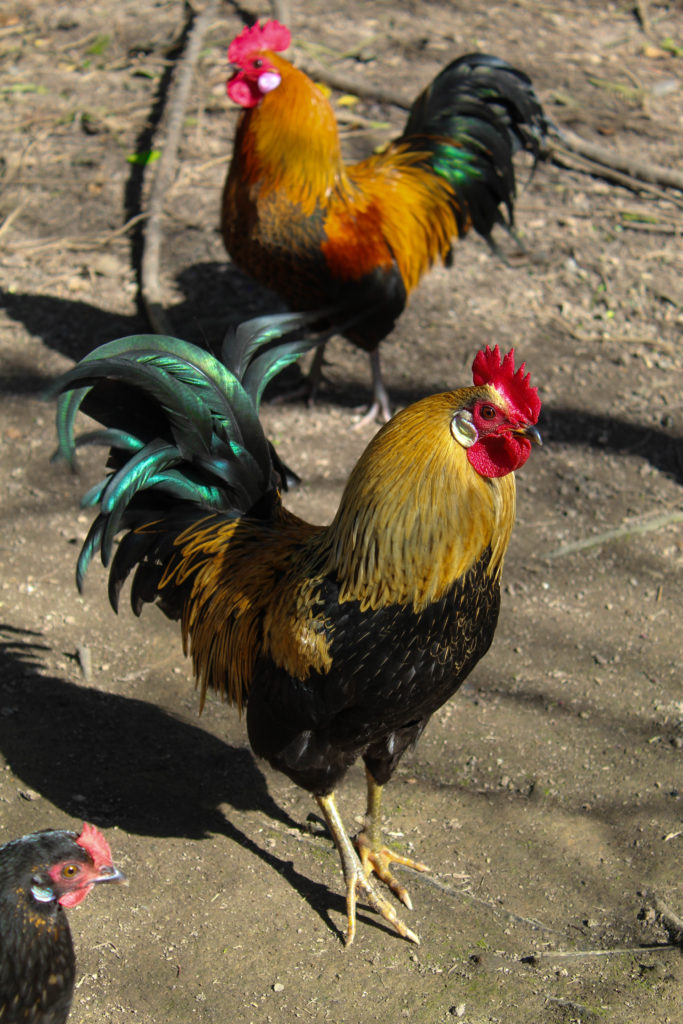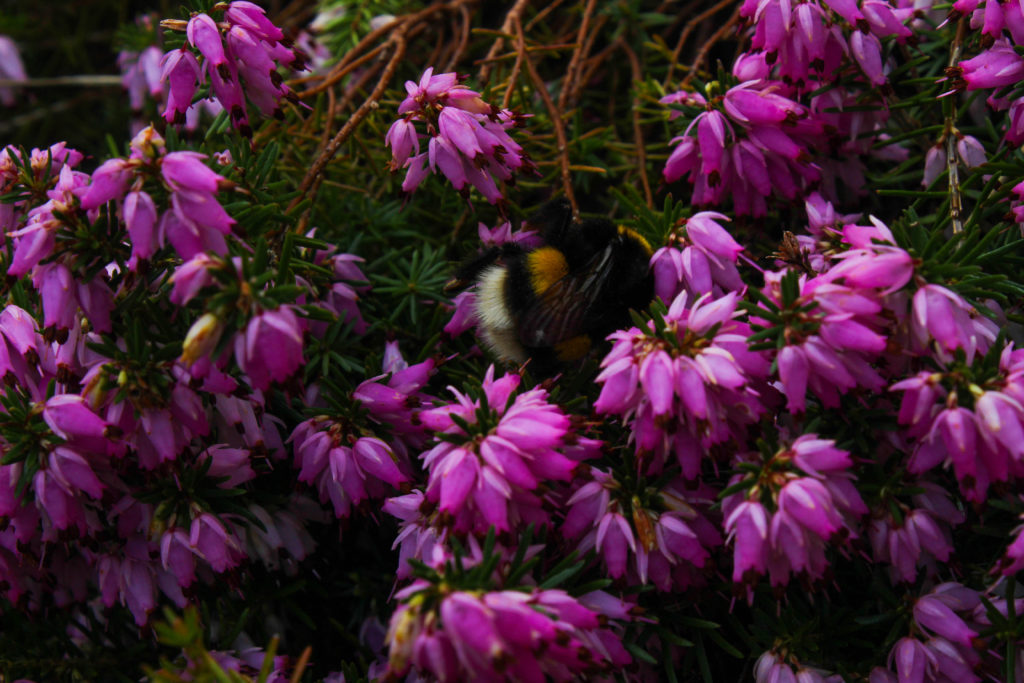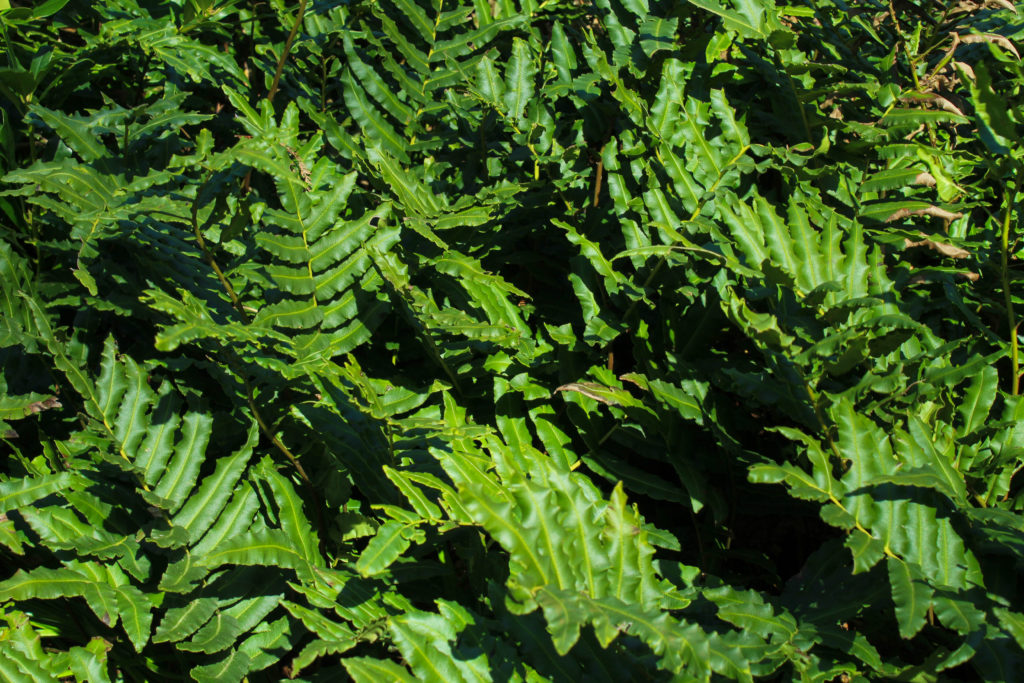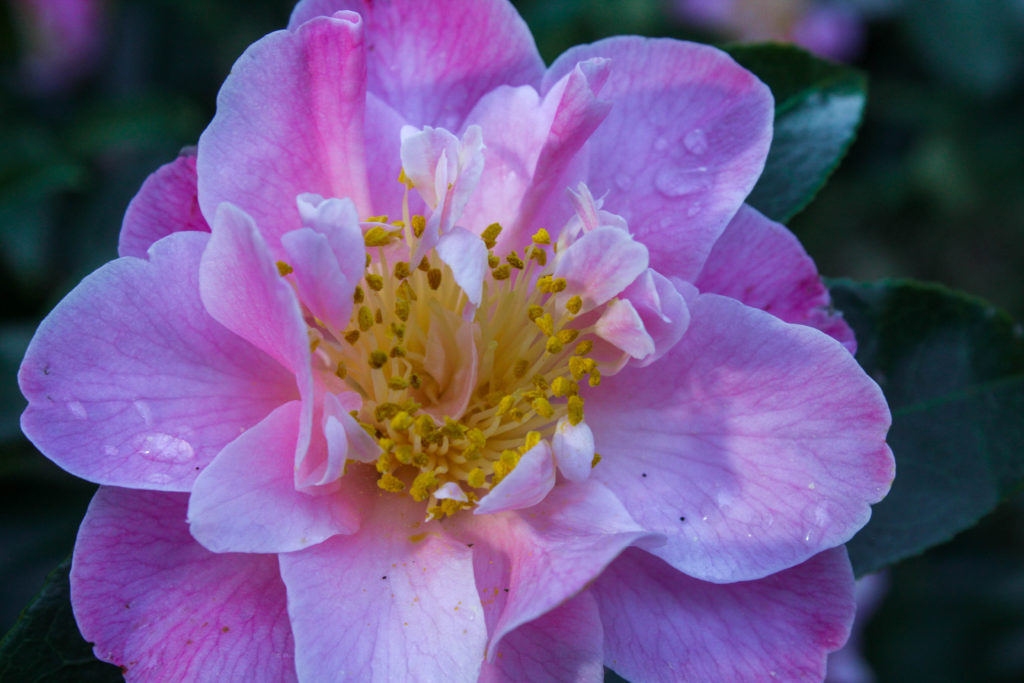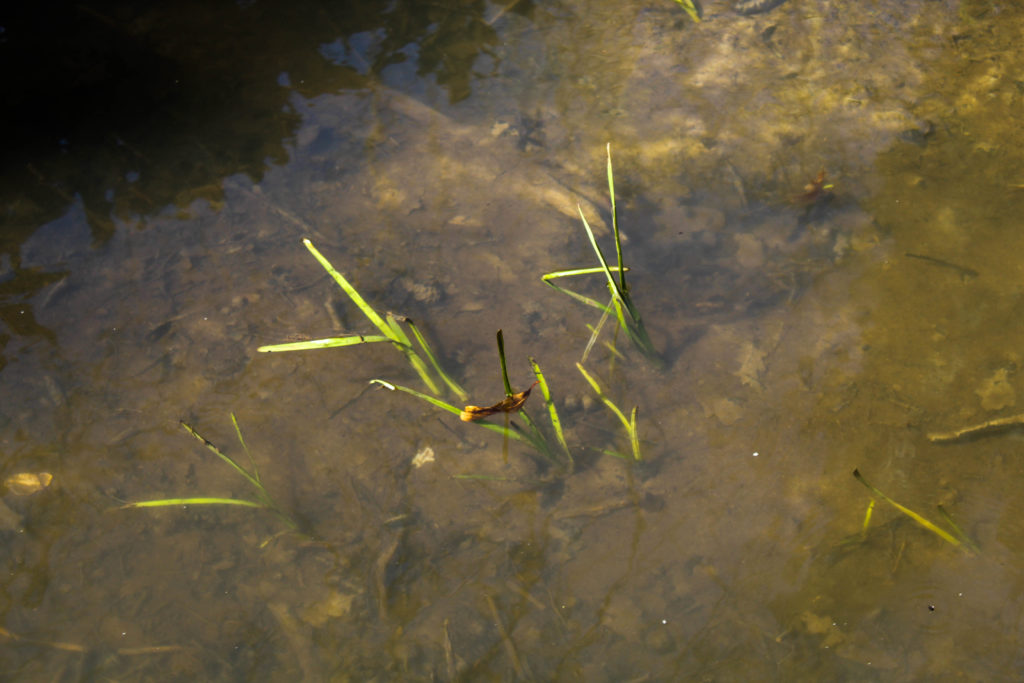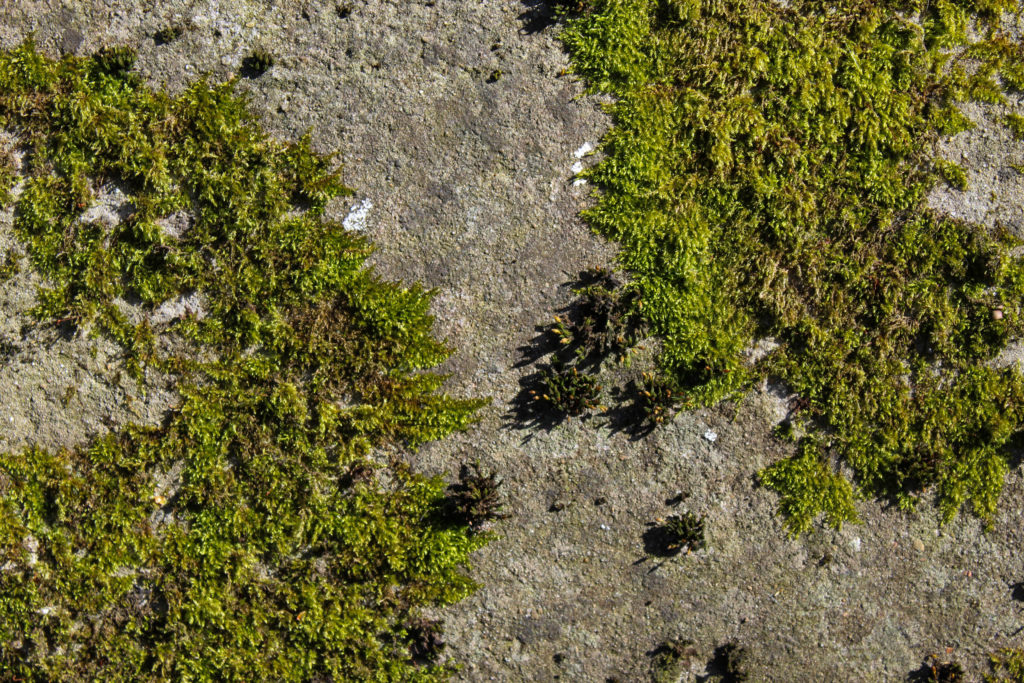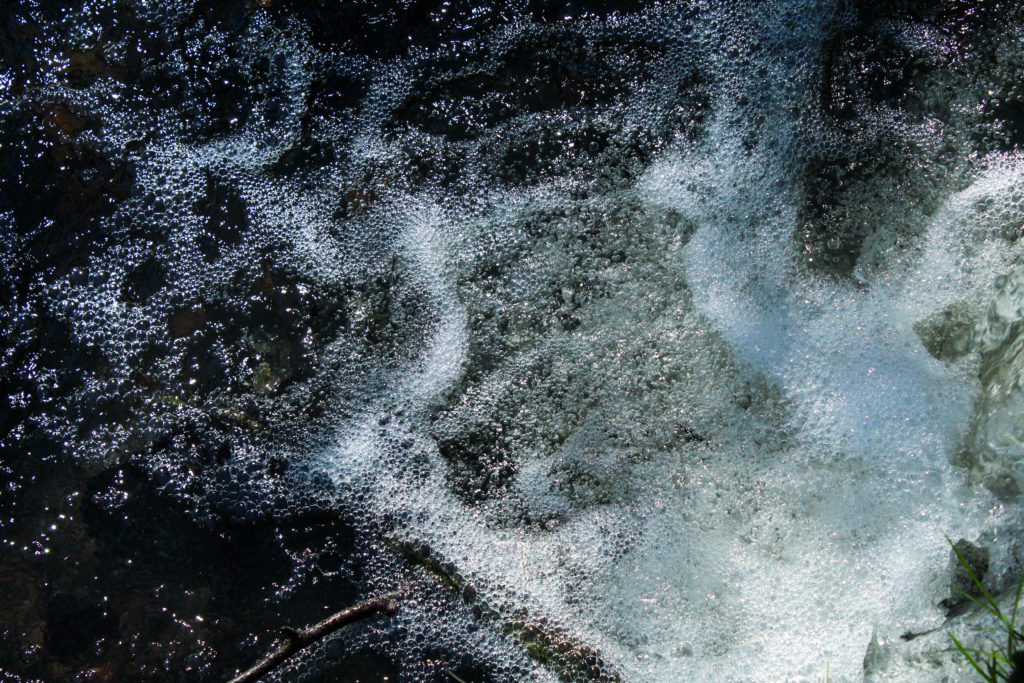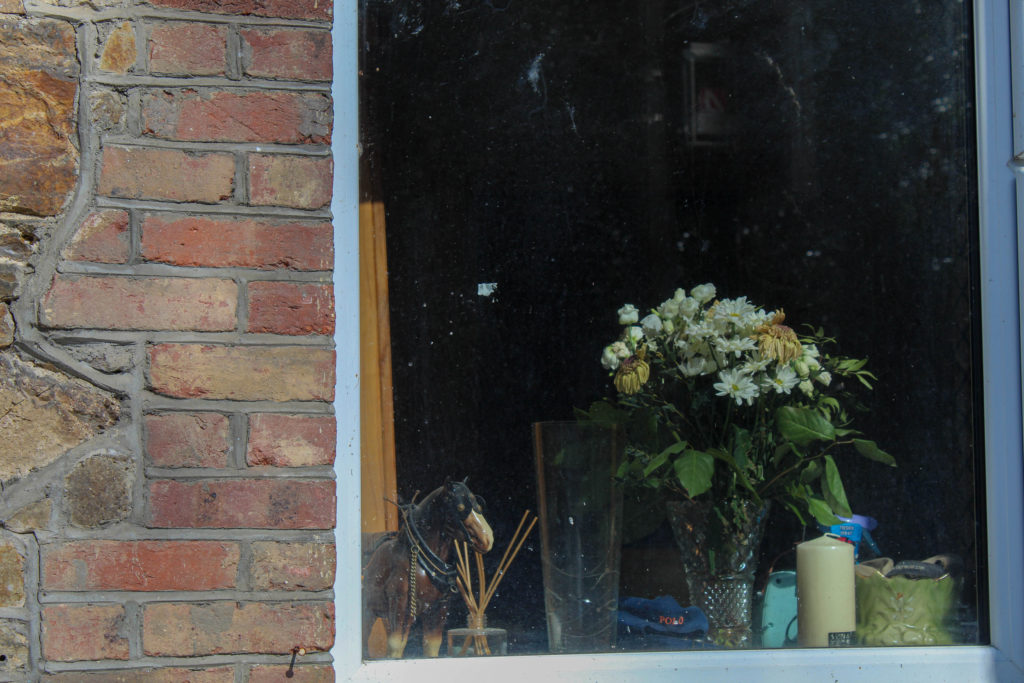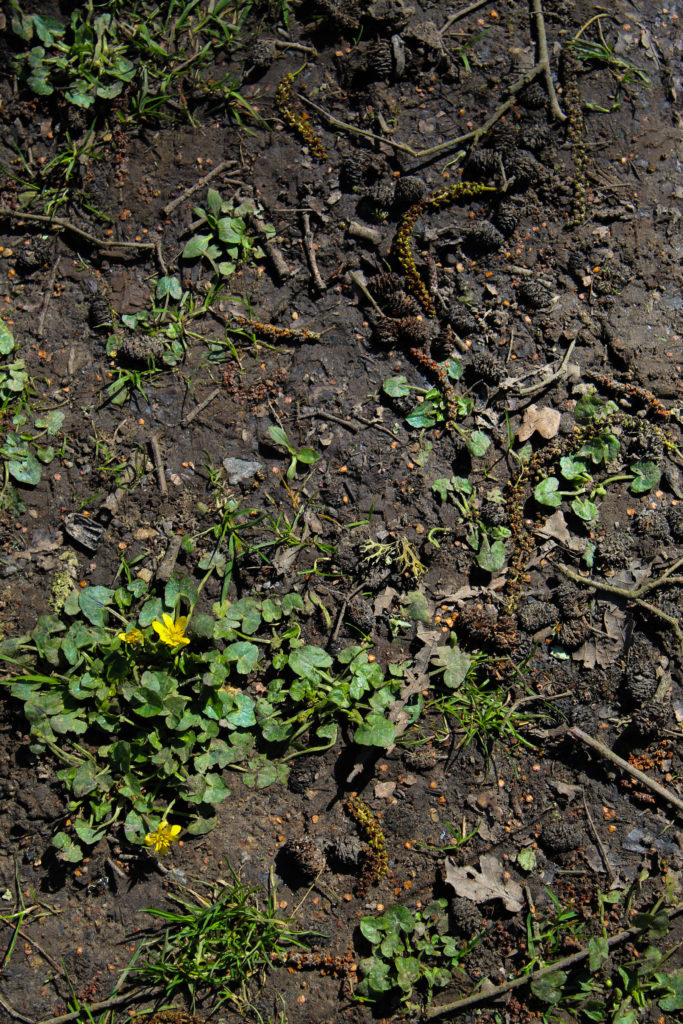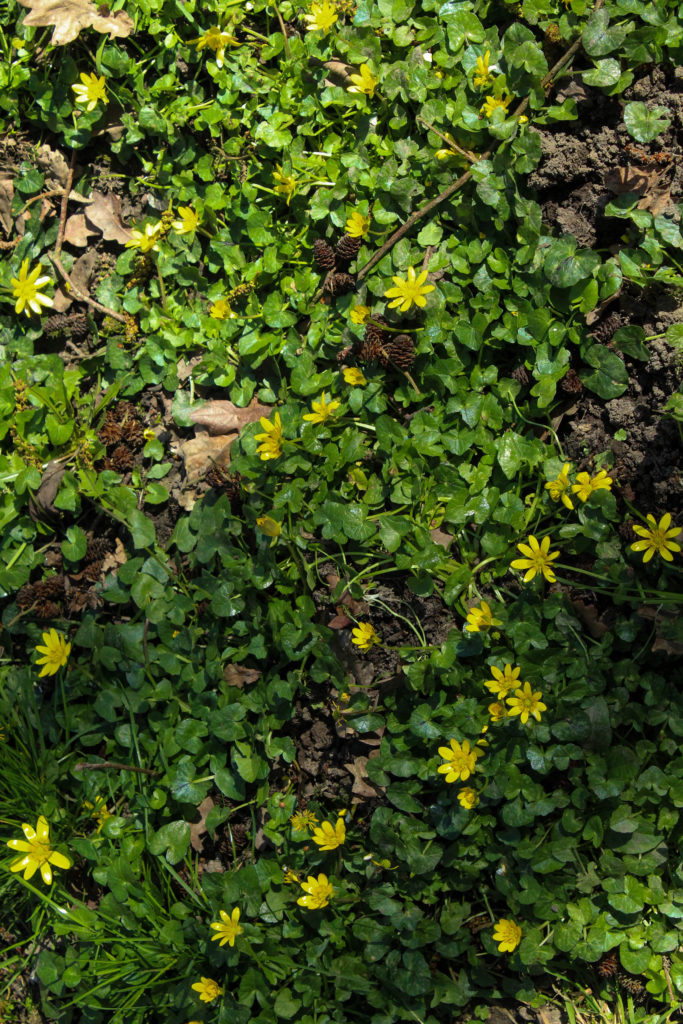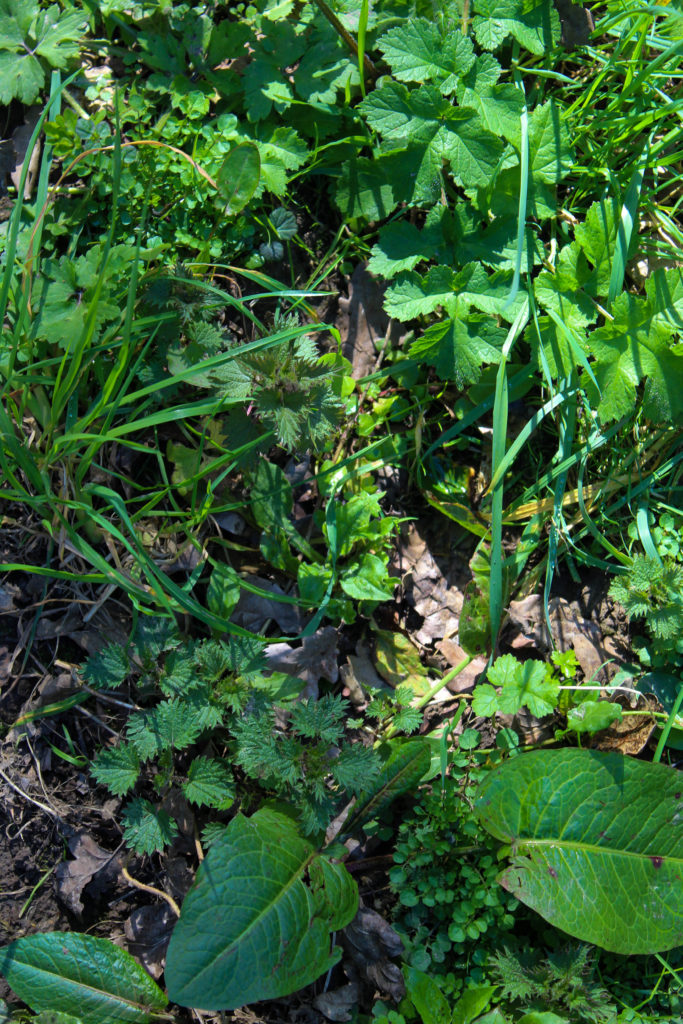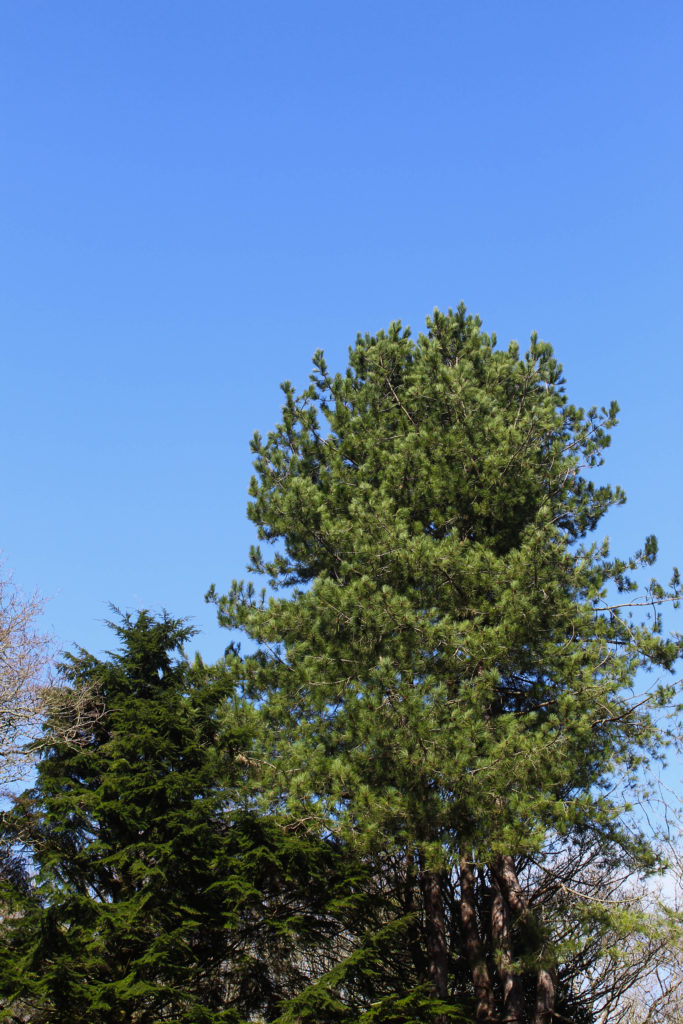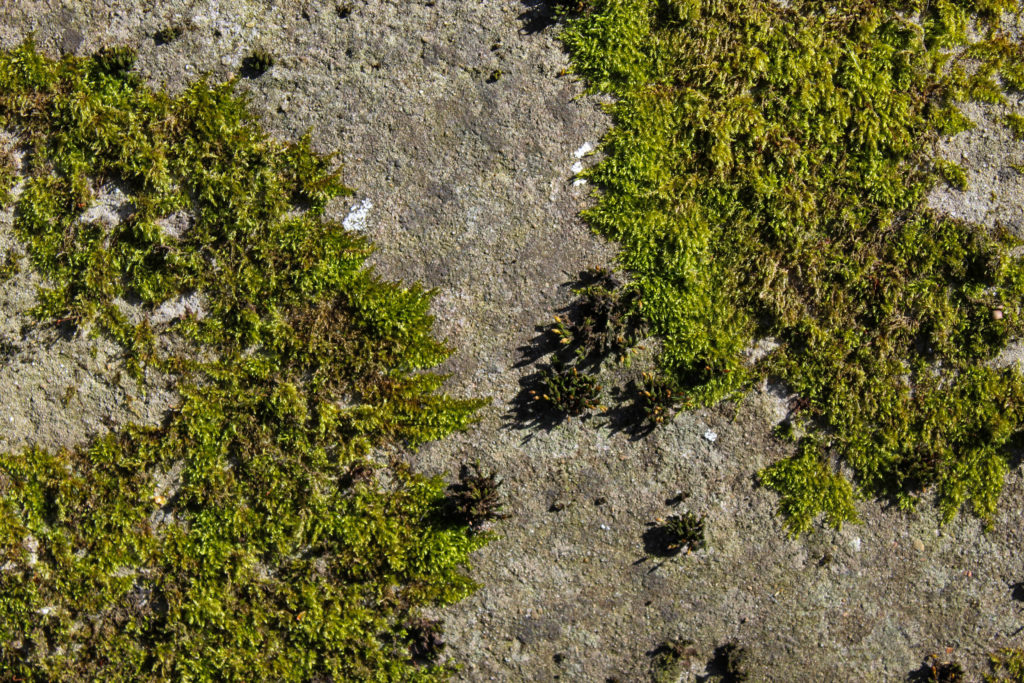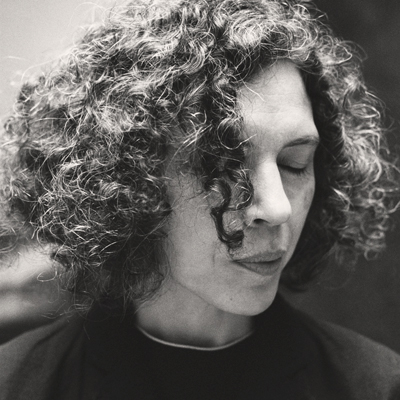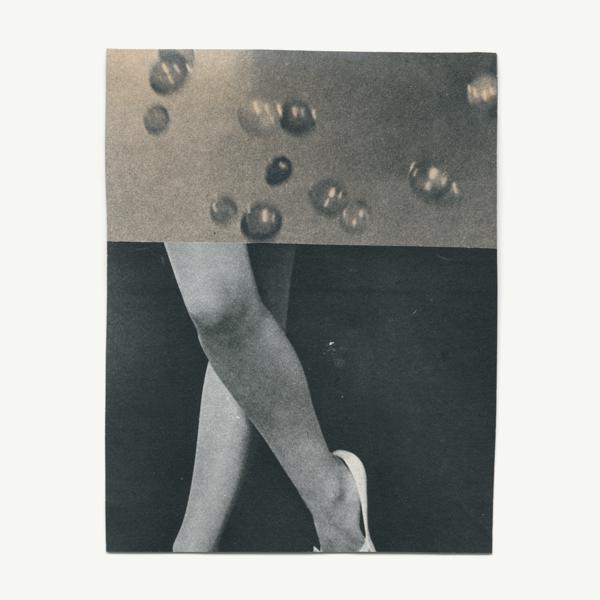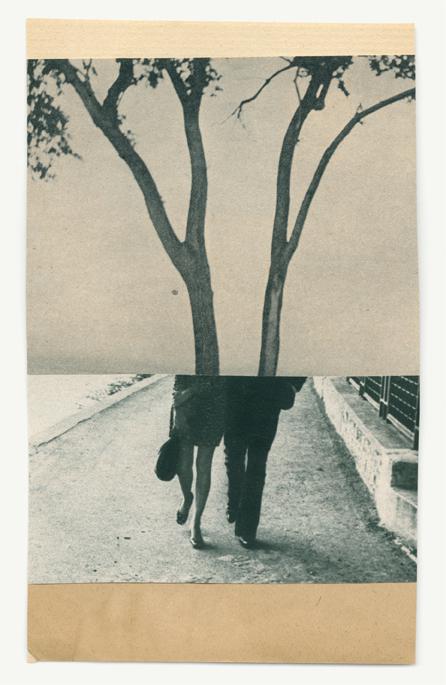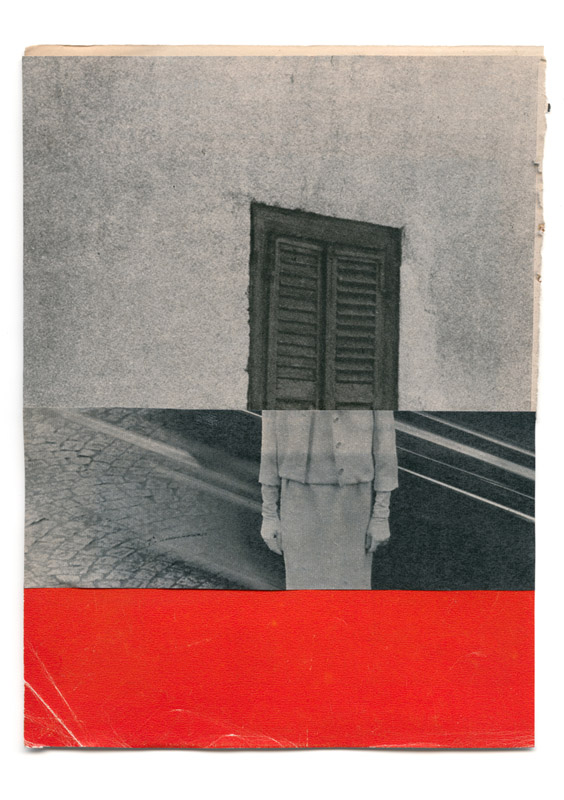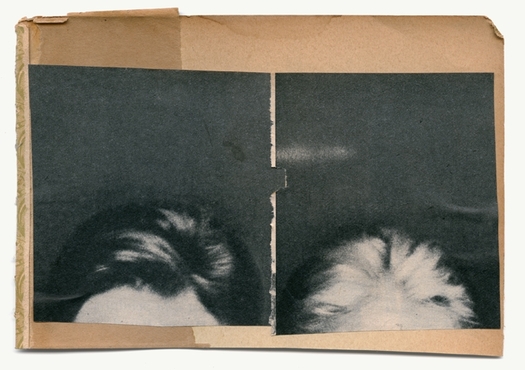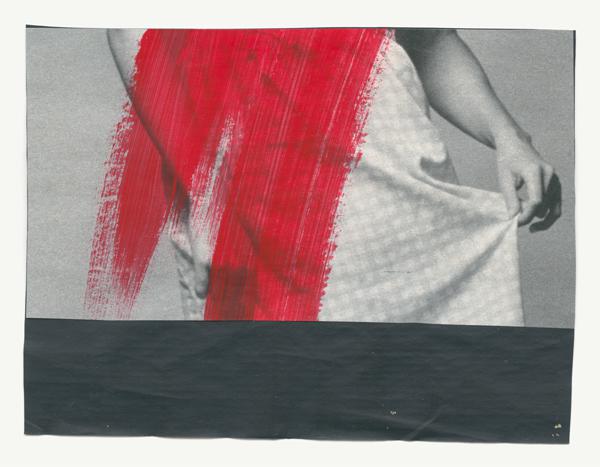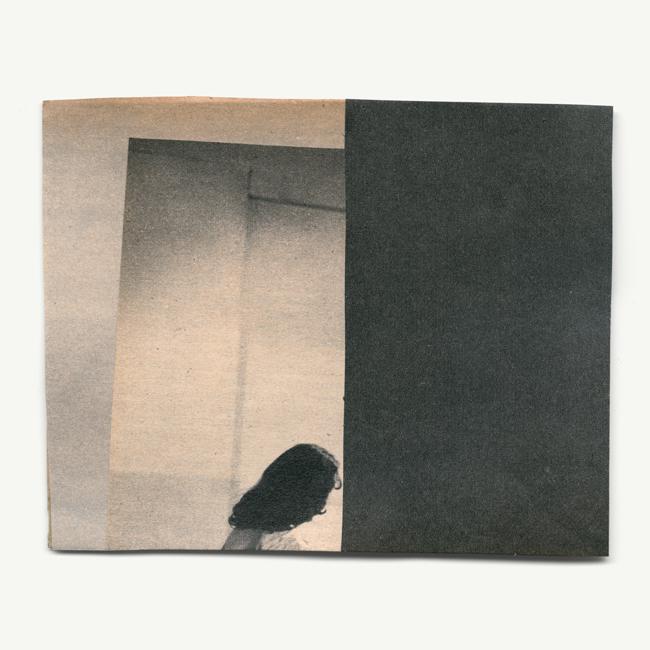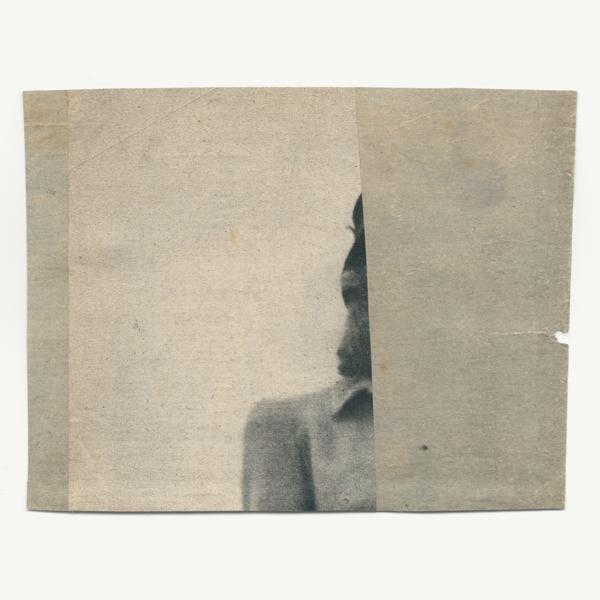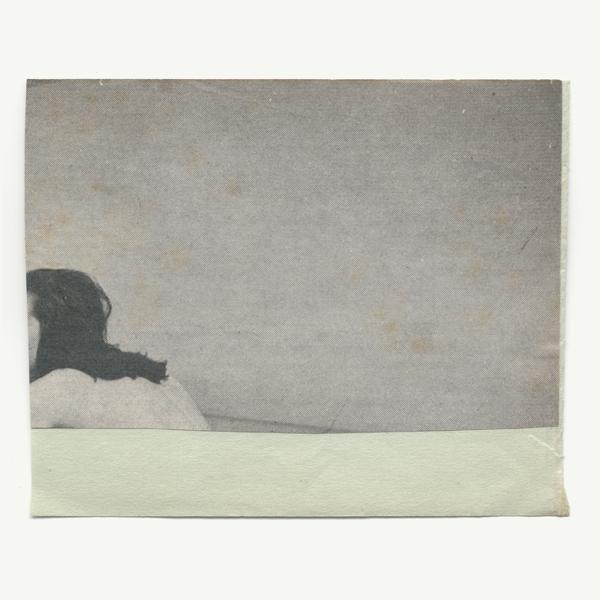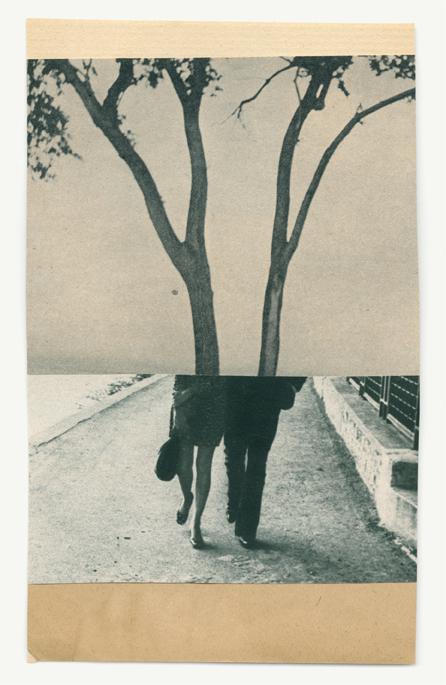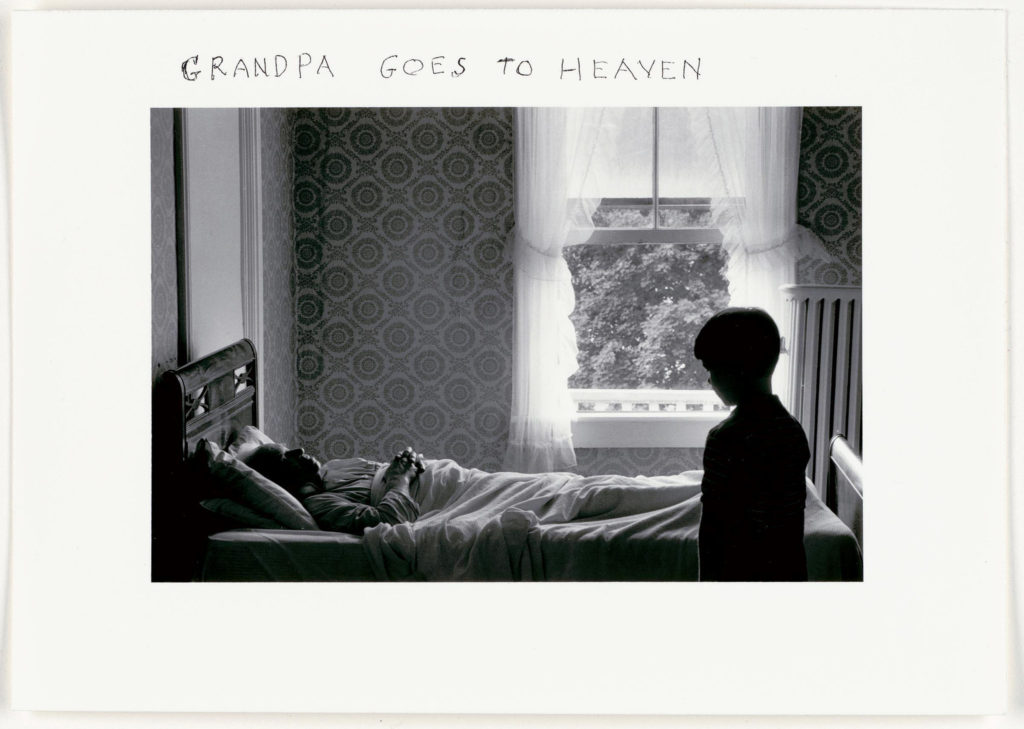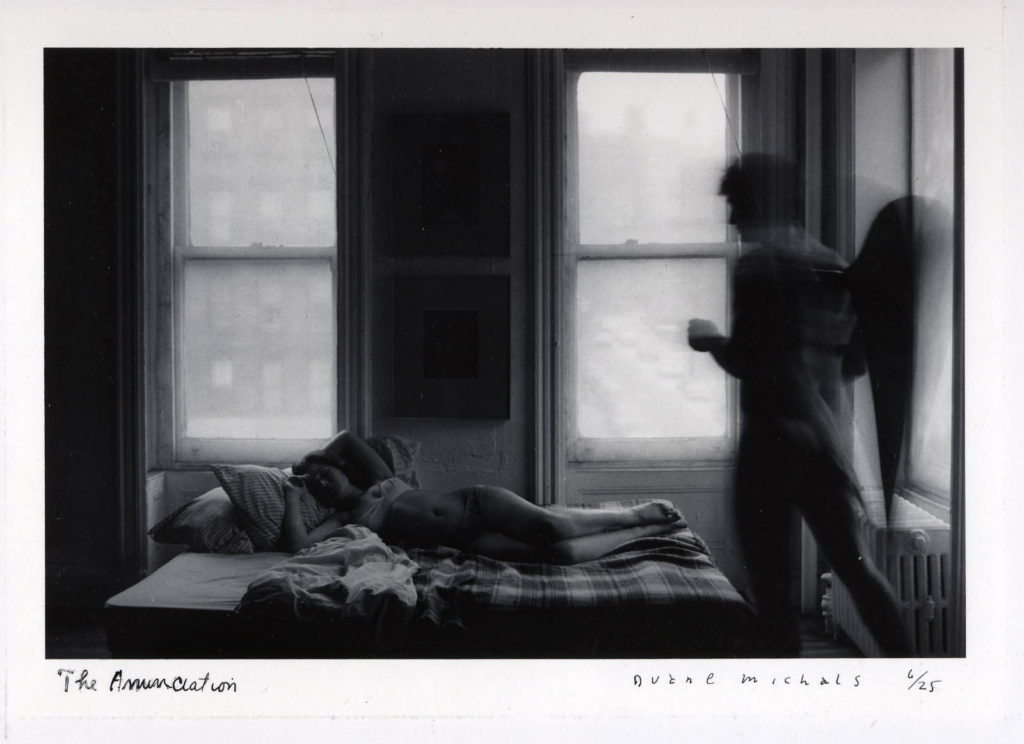A Swedish photographer who has used her project, Rågsved, to recover and come to terms with her troubled past. ANGELICA ELLIOTT moved to Rågsved after her boyfriend ended his life. The photobook was an ongoing project and started as soon as she moved there, almost as a way to feel free and became a way of therapy for ELLIOTT. Although she has no formal education in photography, ELLIOTTs’ images are well thought out and capture something truly beautiful, just life. ELLIOTT did assist two photographers, JH Engström and Margot Wallard, in Paris and knew from then on photography was what she needed to be doing. At the age of 18/19 she started shooting analogue and shared a small dark room, where she developed her images. At this time photography was a hobby. As she started collecting her images she realised that a book could be created. Every image within the book is personal.
“I learned a lot about myself during this time. In a way, to be myself. I learned to respect my work and believe in myself as an artist. I also realised that, ‘F*ck it, I can still do this without a proper art school education, and that I will continue doing what I do in my own way’. That is freedom to me. Nothing and no one can take my photography away from me. It is something I will never lose. That makes me feel strong and independent.”
– ANGELICA ELLIOTT
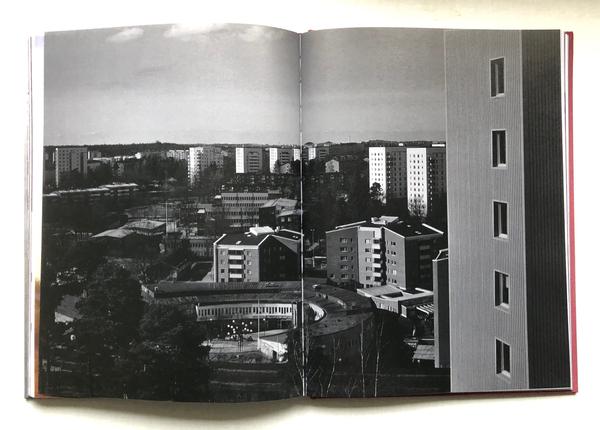
This black and white image, has strong contrasts and a large tonal range. In this image there are lots of different shapes, which add texture and interest to the image. The windows have created interesting patterns in the image. There isn’t any real composition elements in the image, however the strong contrasts draw the viewers eye to the image. After researching the project by ANGELICA ELLIOTT, I think this is a picture of the city of Rågsved. Is this an image of where ANGELICA has recovered from her traumatic past? For this image to be placed in her book, it must be very important to her and hold some significance.
I am using this project to express myself and to discuss what limits me and makes me feel free. Similarly to ANGELICA ELLIOTT I feel this project could essentially be very healing and therapeutic to complete.

